
Faculty Research and Practice
Hillier College faculty research interests and practice range from generative AI in design to community engagement and visual storytelling. Drawing on methods from history, cultural theory and social sciences, and leveraging technical methods such as building information modeling, computational design tools, and image processing, faculty expose students to leading trends in their respective disciplines.
Architecture and Art + Design Faculty

|
Hannah Berkin-Harper Associate Professor Berkin-Harper’s research interests include design for the urban public realm, community-centered design, participatory design methodologies, active design and environmental sustainability. Her work is primarily a creative practice with a focus on pop-up designs in public spaces. Recent projects have included pop-up cooling stations, social seating for NYC Open Streets, and a community engagement toolkit. |
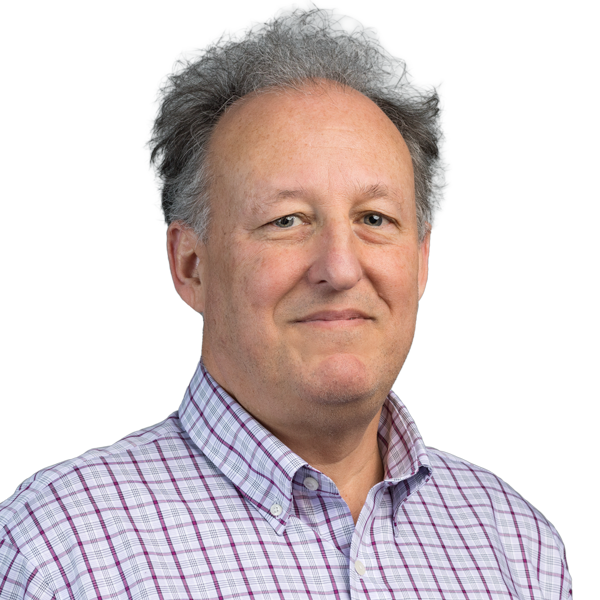
|
Maurie Cohen |
| Martina Decker Associate Professor Decker began her journey into design innovation through the lens of nanotechnology, laying the foundation for her interdisciplinary research. This exploration highlights the importance of understanding the world from the molecular level upward, bridging the scale of angstroms to the mesoscale. It inspired her commitment to integrating emerging technologies and sustainable materials into her design explorations. Most recently, she has focused on promoting biodiversity in human-centered environments. Her portfolio spans projects in interiors, art installations, consumer products, and architectural design. |
|

|
Gabrielle Esperdy |

|
Yanxiao Feng Assistant Professor Feng’s research examines the interaction between humans and the built environment, with a focus on enhancing comfort, control, and safety. She integrates human-centered sensing technologies and digital tools to capture and analyze how people experience both indoor spaces and outdoor work environments. By advancing digital twin applications and computational modeling, her work contributes to the digital transformation of the built environment. Drawing on her background in architectural engineering and building technology, she develops data-driven frameworks to create healthier, safer, and more responsive built environments. |

|
Addison Godel Assistant Professor Godel is an architectural historian who explores how buildings serve as essential components of urban infrastructural systems, including food distribution (wholesale markets), telecommunications (telephone exchange buildings), and waste disposal (sewage treatment plants). He analyzes case studies of 20th-century and contemporary buildings, in relation to their technical requirements, architectural theories, and public debates over the siting of facilities and the ultimate goals of the systems. By understanding the history and effects of mid-20th-century infrastructural choices in the areas of clean water, waste management, and an auto-dependent transportation grid, today’s technical experts will be empowered to make better informed and responsible decisions for a more sustainable and equitable future. |

|
Glenn Goldman Professor Goldman has been a pioneer in the research, use, and pedagogical integration of computer graphics and interactive techniques into the processes and products of architecture and design. From early use of three-dimensional modeling and image processing to virtual reality and now artificial intelligence (including generative AI), Goldman has been exploring ways to improve design and creation processes for almost four decades. Currently, he is exploring the use of AI and generative AI (including the ethical implications and limitations of their use) in photography, architecture, interior design, and entertainment design. |
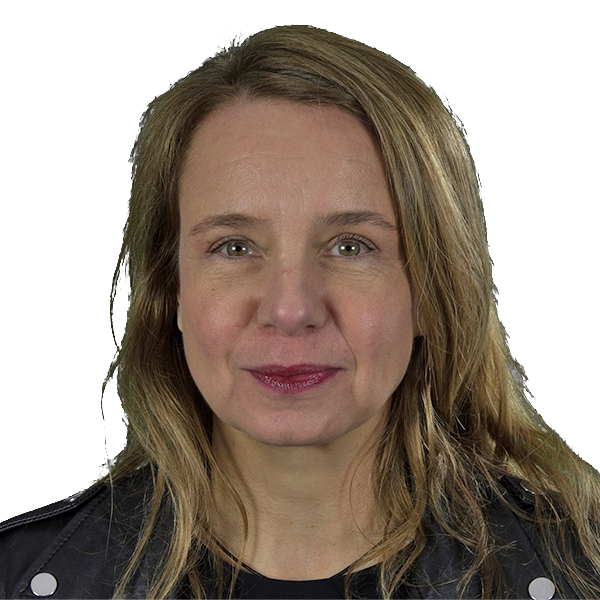
|
Maria Hurtado de Mendoza Associate Professor Hurtado De Mendoza is an internationally acclaimed, award-winning architect. She channels her creative vision through estudio__entresitio, the practice she co-founded. Her work is celebrated for its poetic integration of meticulously curated materiality, bringing life and depth to every project. She views architectural design as a distinct field of knowledge, akin to algebra or mechanics, where the art of construction—tectonics—serves as both foundation and inspiration. Her practice is not just a profession but a conduit for ongoing inquiry into the discipline’s potential. As a professor at the NJIT School of Architecture, she bridges practice and academia, nurturing a generation of architects who balance technical mastery with theoretical depth. This dual perspective reinforces our dedication to a built environment that elevates human experience. |

|
Hyojin Kim Associate Professor Kim has extensive research experience in building energy efficiency and Indoor Environmental Quality (IEQ) for designing next-generation built environments. She conducts research to create new knowledge and measurement science, enabling an integrative and rigorous assessment of whole-building performance through both computer simulations and field measurements. Her research projects include evaluating advanced low-energy building systems and technologies, focusing on their energy efficiency and IEQ performance for occupant comfort and well-being, in collaboration with national laboratories and leading industry partners. Her work aims to strike a balance between theoretical knowledge and practical application. |

|
Won Hee Ko Assistant Professor Ko's research explores how the quality of indoor spaces affects comfort, well-being, and productivity. Her focus is on how aspects of the visual environment, like access to natural light and views of the outdoors, influence our physical and mental health as well as perception and behavior. By gathering evidence from real-life experiences, Ko aims to create practical design guidelines that help architects and designers make healthier, more sustainable spaces for occupants. |
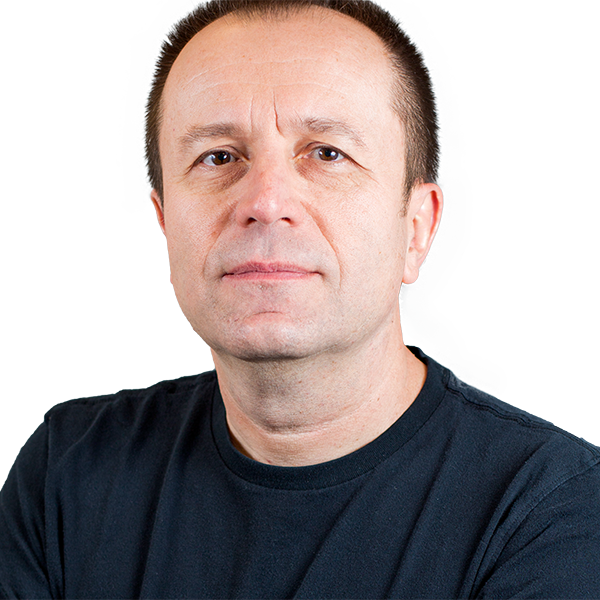
|
Branko Kolarevic |

|
Aleksandr Mergold Associate Professor Mergold’s interest in practice and inquiry encompass the radical reuse of existing architecture and its components, specifically that of the legacy of the 20th century in the US and globally. The industrial age of the US is still with us now, and in many places, it manifests mainly in the debris left behind: underused, undervalued, or outdated – materials, buildings, systems, technologies, that can become a resource for radical reuse and reinvention of our newly built environment. Can ancient practices of radical reuse (spolia) inform our own search for resilience in built environment, material sustainability, and meaningful form? Can we educate new generations of architects who are comfortable navigating the “tabula plena” – sites and conditions that have existing buildings, remains, debris and associated complex histories – and are trained to make productive use of this debris rather than to seek a “tabula rasa”. |
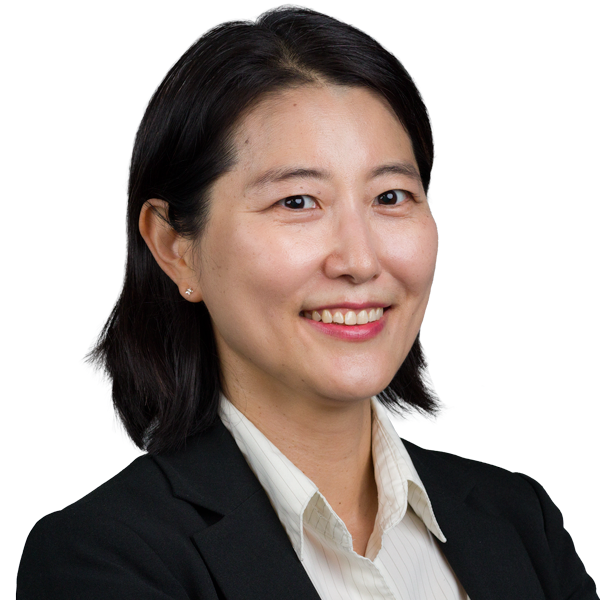
|
Hye Yeon Nam Associate Professor Nam’s research explores how humans, technology, and nature are entangled and influence one another. Nam explores how technology can improve our interactions with other agents. For example, her work Shifting Datum critically visualizes sea level rise projections and flood simulations for New Orleans, showcasing communities and species endangered by climate change. Addressing themes of cohabitation and sustainability, her generative musical installation Ec(h)o uses robotic 3D printing of plants from seed to translate communal memories into living sculpture. Through her research, She encourages a perspective shift from individualism and exceptionalism towards an inclusive ecology. |
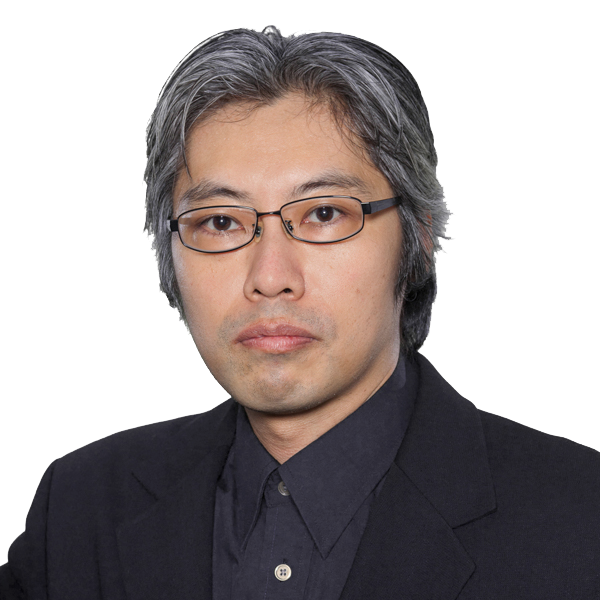
|
Taro Narahara |

|
Sampath Pediredla Associate Professor Pediredla's research focuses on a critical examination of Building Information Modeling (BIM) and its future as architects increasingly interface with Artificial Intelligence (AI) in design and construction processes. She is particularly interested in the potential for BIM and AI to transcend their current roles as tools for efficiency and optimization, envisioning them instead as platforms for creative experimentation and innovation. Her work seeks to challenge conventional frameworks by investigating how these technologies can enable new design methodologies, foster more integrated workflows, and push the boundaries of architectural thinking in academia and practice. Through this research, she aims to redefine how the architectural profession engages with emerging technologies, shaping a more dynamic and forward-looking design practice and pedagogy. |

|
Gernot Riether Associate Professor Riether’s research projects and grants are in areas of public space / information technology (Book: Urban Machines, Public Space for a Digital Culture) and building construction (industry grants from PCI, NPCA) and U.S. Department of Energy (Solar Decathlon). He serves on the Board of Directors of the Consortium for Sustainable Urbanization (CSU), a UN and UN-Habitat affiliated NPO. |

|
Etien Santiago Assistant Professor Santiago’s work offers historical grounding and perspective into modern-era searches for new materials and their possible architectural applications. Even though he does not perform technical research on contemporary material science and engineering, the historical narratives that Santiago uncovers contain valuable lessons for contemporary investigations into novel materials and innovative building techniques. |

|
Mathew Schwartz Associate Professor Schwartz’s focus is on developing and applying digital twins to simulate and forecast human interactions in environments, addressing challenges in accessibility, security, crowd dynamics, and infrastructure resilience. His research also includes path planning and computational methods, blending robotics, biomechanics, and computer science to optimize human-robot interaction and system design. At NJIT, he leads the Simulation Biomechanics Robotics and Graphics (SiBORG) Design Lab, supported by the NSF, DHS, and U.S. Army. |

|
Darius Sollohub Sollohub’s research at NJIT centers on participation as the academic version of a Citizen Architect who uses their “insights, talents, training, and experience to contribute meaningfully, beyond self, to the improvement of the community.” His work has benefitted from multiple community projects funded by federal, state, industry, and foundation grants. Projects include Airport City Newark, described here in ‘A Door Finally Opens for Dayton’, an extensive study of community design programs across the country, Stack City, and many other projects under the auspices of the Hillier College Newark Design Collaborative. |

|
Georgeen Theodore Professor Georgeen Theodore, FAIA, is an internationally recognized architect whose research-based practice focuses on four overlapping areas of production: public places, visualizations of urban systems, participatory processes, and critical writing. Through her work, she engages critical ecological and societal concerns as they relate to the built environment. Her innovative designs have yielded new approaches in recycling and reuse of buildings and infrastructure, climate adaptation, and advocacy of underserved constituencies. She is an expert in public space design, neighborhood and regional planning, and community engagement. |

|
Richard Thompson Associate Professor Thompson, using AI-driven motion capture, seeks to define how we perceive authenticity in the animated movement of living things. He is pursuing a technological analysis of the physical performances of Charlie Chaplin and other historically influential clowns, aiming to develop a set of best practices that can be used to achieve greater immersion in digital visual storytelling. |

|
Erin Truesdell Assistant Professor Truesdell is a games and human-computer interaction scholar whose research interests include bringing people together through unusual game controllers and other creative applications of technology. Her work centers on understanding embodied collaboration with digital technologies and the application of this understanding to promote player engagement and cooperation as well as learning and health behavior outcomes. She is likely best known for Haber Dasher, a wacky co-op game controlled by two players wearing a gigantic bowler hat. Erin's current work focuses on studying the social and embodied aspects of play, as well as the application of game and digital media design techniques for healthcare and education. |
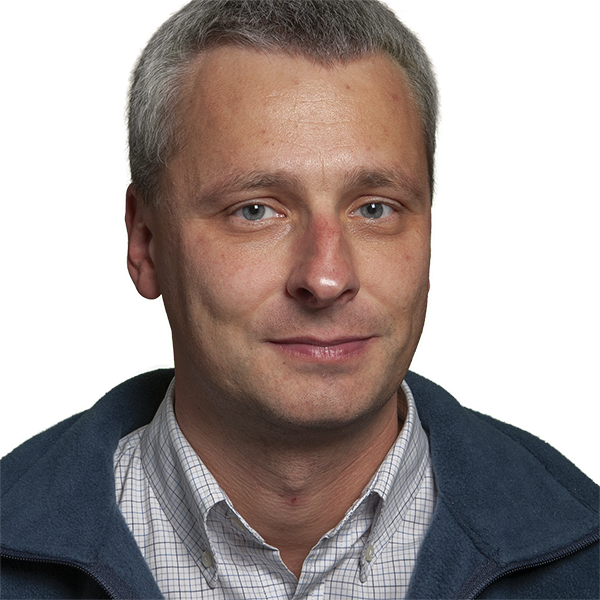
|
Andrzej Zarzycki Associate Professor Zarzycki works at the intersection of the built environment and emerging digital technologies utilizing photogrammetry, location- and context-awareness, generative artificial intelligence (AI), and cyber-physical systems (CPS). His research focuses on media-based environments with applications in gaming, digital heritage, and mobile augmented reality (AR) as well as interactive and adaptive designs integrating embedded systems with distributed sensing (smart buildings and cities) in the context of high-performance buildings. An important part of his work relates to developing interfaces that enhance human-computer interactions (HCI) and users’ ability to engage and benefit from emerging digital technologies. |
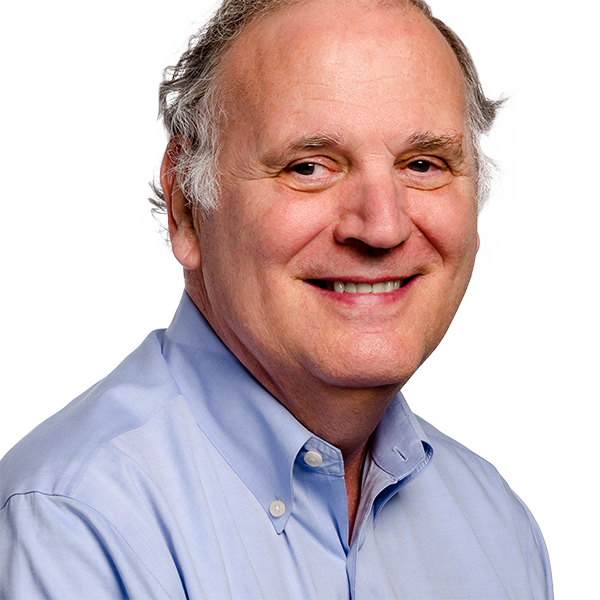
|
Stephen Zdepski Associate Professor Zdepski is a senior faculty member who established and co-teaches the senior architecture 'capstone' advanced studio and seminar to fulfill on the requirements to obtain an accredited B.Arch degree. His interest and expertise is currently architectural pedagogy focusing upon; 1) the relationship between abstract or conceptual sources and the resultant design intent, programmatic resolution and contextual response, 2) strategies and processes for the integration and synthesis of a comprehensive set of theoretical and technical determinants into architectural design, 3) the development of a language of architectural aesthetics derived from building performance modeling, seasonal and diurnal variation and weather conditions, 4) implementation of unique architectural AI sets for simultaneous design conceptualization and related technical development. |

|
Maurie Cohen |

|
Gabrielle Esperdy |

|
Yanxiao Feng Assistant Professor Feng’s research examines the interaction between humans and the built environment, with a focus on enhancing comfort, control, and safety. She integrates human-centered sensing technologies and digital tools to capture and analyze how people experience both indoor spaces and outdoor work environments. By advancing digital twin applications and computational modeling, her work contributes to the digital transformation of the built environment. Drawing on her background in architectural engineering and building technology, she develops data-driven frameworks to create healthier, safer, and more responsive built environments. |

|
Addison Godel Assistant Professor Godel is an architectural historian who explores how buildings serve as essential components of urban infrastructural systems, including food distribution (wholesale markets), telecommunications (telephone exchange buildings), and waste disposal (sewage treatment plants). He analyzes case studies of 20th-century and contemporary buildings, in relation to their technical requirements, architectural theories, and public debates over the siting of facilities and the ultimate goals of the systems. By understanding the history and effects of mid-20th-century infrastructural choices in the areas of clean water, waste management, and an auto-dependent transportation grid, today’s technical experts will be empowered to make better informed and responsible decisions for a more sustainable and equitable future. |

|
Maria Hurtado de Mendoza Associate Professor Hurtado De Mendoza is an internationally acclaimed, award-winning architect. She channels her creative vision through estudio__entresitio, the practice she co-founded. Her work is celebrated for its poetic integration of meticulously curated materiality, bringing life and depth to every project. She views architectural design as a distinct field of knowledge, akin to algebra or mechanics, where the art of construction—tectonics—serves as both foundation and inspiration. Her practice is not just a profession but a conduit for ongoing inquiry into the discipline’s potential. As a professor at the NJIT School of Architecture, she bridges practice and academia, nurturing a generation of architects who balance technical mastery with theoretical depth. This dual perspective reinforces our dedication to a built environment that elevates human experience. |

|
Hyojin Kim Associate Professor Kim has extensive research experience in building energy efficiency and Indoor Environmental Quality (IEQ) for designing next-generation built environments. She conducts research to create new knowledge and measurement science, enabling an integrative and rigorous assessment of whole-building performance through both computer simulations and field measurements. Her research projects include evaluating advanced low-energy building systems and technologies, focusing on their energy efficiency and IEQ performance for occupant comfort and well-being, in collaboration with national laboratories and leading industry partners. Her work aims to strike a balance between theoretical knowledge and practical application. |

|
Won Hee Ko Assistant Professor Ko's research explores how the quality of indoor spaces affects comfort, well-being, and productivity. Her focus is on how aspects of the visual environment, like access to natural light and views of the outdoors, influence our physical and mental health as well as perception and behavior. By gathering evidence from real-life experiences, Ko aims to create practical design guidelines that help architects and designers make healthier, more sustainable spaces for occupants. |

|
Branko Kolarevic |

|
Aleksandr Mergold Associate Professor Mergold’s interest in practice and inquiry encompass the radical reuse of existing architecture and its components, specifically that of the legacy of the 20th century in the US and globally. The industrial age of the US is still with us now, and in many places, it manifests mainly in the debris left behind: underused, undervalued, or outdated – materials, buildings, systems, technologies, that can become a resource for radical reuse and reinvention of our newly built environment. Can ancient practices of radical reuse (spolia) inform our own search for resilience in built environment, material sustainability, and meaningful form? Can we educate new generations of architects who are comfortable navigating the “tabula plena” – sites and conditions that have existing buildings, remains, debris and associated complex histories – and are trained to make productive use of this debris rather than to seek a “tabula rasa”. |

|
Taro Narahara |

|
Sampath Pediredla Associate Professor Pediredla's research focuses on a critical examination of Building Information Modeling (BIM) and its future as architects increasingly interface with Artificial Intelligence (AI) in design and construction processes. She is particularly interested in the potential for BIM and AI to transcend their current roles as tools for efficiency and optimization, envisioning them instead as platforms for creative experimentation and innovation. Her work seeks to challenge conventional frameworks by investigating how these technologies can enable new design methodologies, foster more integrated workflows, and push the boundaries of architectural thinking in academia and practice. Through this research, she aims to redefine how the architectural profession engages with emerging technologies, shaping a more dynamic and forward-looking design practice and pedagogy. |

|
Gernot Riether Associate Professor Riether’s research projects and grants are in areas of public space / information technology (Book: Urban Machines, Public Space for a Digital Culture) and building construction (industry grants from PCI, NPCA) and U.S. Department of Energy (Solar Decathlon). He serves on the Board of Directors of the Consortium for Sustainable Urbanization (CSU), a UN and UN-Habitat affiliated NPO. |

|
Etien Santiago Assistant Professor Santiago’s work offers historical grounding and perspective into modern-era searches for new materials and their possible architectural applications. Even though he does not perform technical research on contemporary material science and engineering, the historical narratives that Santiago uncovers contain valuable lessons for contemporary investigations into novel materials and innovative building techniques. |

|
Darius Sollohub Sollohub’s research at NJIT centers on participation as the academic version of a Citizen Architect who uses their “insights, talents, training, and experience to contribute meaningfully, beyond self, to the improvement of the community.” His work has benefitted from multiple community projects funded by federal, state, industry, and foundation grants. Projects include Airport City Newark, described here in ‘A Door Finally Opens for Dayton’, an extensive study of community design programs across the country, Stack City, and many other projects under the auspices of the Hillier College Newark Design Collaborative. |

|
Andrzej Zarzycki Associate Professor Zarzycki works at the intersection of the built environment and emerging digital technologies utilizing photogrammetry, location- and context-awareness, generative artificial intelligence (AI), and cyber-physical systems (CPS). His research focuses on media-based environments with applications in gaming, digital heritage, and mobile augmented reality (AR) as well as interactive and adaptive designs integrating embedded systems with distributed sensing (smart buildings and cities) in the context of high-performance buildings. An important part of his work relates to developing interfaces that enhance human-computer interactions (HCI) and users’ ability to engage and benefit from emerging digital technologies. |

|
Stephen Zdepski Associate Professor Zdepski is a senior faculty member who established and co-teaches the senior architecture 'capstone' advanced studio and seminar to fulfill on the requirements to obtain an accredited B.Arch degree. His interest and expertise is currently architectural pedagogy focusing upon; 1) the relationship between abstract or conceptual sources and the resultant design intent, programmatic resolution and contextual response, 2) strategies and processes for the integration and synthesis of a comprehensive set of theoretical and technical determinants into architectural design, 3) the development of a language of architectural aesthetics derived from building performance modeling, seasonal and diurnal variation and weather conditions, 4) implementation of unique architectural AI sets for simultaneous design conceptualization and related technical development. |

|
Hannah Berkin-Harper Associate Professor Berkin-Harper’s research interests include design for the urban public realm, community-centered design, participatory design methodologies, active design and environmental sustainability. Her work is primarily a creative practice with a focus on pop-up designs in public spaces. Recent projects have included pop-up cooling stations, social seating for NYC Open Streets, and a community engagement toolkit. |
| Martina Decker Associate Professor Decker began her journey into design innovation through the lens of nanotechnology, laying the foundation for her interdisciplinary research. This exploration highlights the importance of understanding the world from the molecular level upward, bridging the scale of angstroms to the mesoscale. It inspired her commitment to integrating emerging technologies and sustainable materials into her design explorations. Most recently, she has focused on promoting biodiversity in human-centered environments. Her portfolio spans projects in interiors, art installations, consumer products, and architectural design. |
|

|
Glenn Goldman Professor Goldman has been a pioneer in the research, use, and pedagogical integration of computer graphics and interactive techniques into the processes and products of architecture and design. From early use of three-dimensional modeling and image processing to virtual reality and now artificial intelligence (including generative AI), Goldman has been exploring ways to improve design and creation processes for almost four decades. Currently, he is exploring the use of AI and generative AI (including the ethical implications and limitations of their use) in photography, architecture, interior design, and entertainment design. |

|
Hye Yeon Nam Associate Professor Nam’s research explores how humans, technology, and nature are entangled and influence one another. Nam explores how technology can improve our interactions with other agents. For example, her work Shifting Datum critically visualizes sea level rise projections and flood simulations for New Orleans, showcasing communities and species endangered by climate change. Addressing themes of cohabitation and sustainability, her generative musical installation Ec(h)o uses robotic 3D printing of plants from seed to translate communal memories into living sculpture. Through her research, She encourages a perspective shift from individualism and exceptionalism towards an inclusive ecology. |

|
Taro Narahara |

|
Mathew Schwartz Associate Professor Schwartz’s focus is on developing and applying digital twins to simulate and forecast human interactions in environments, addressing challenges in accessibility, security, crowd dynamics, and infrastructure resilience. His research also includes path planning and computational methods, blending robotics, biomechanics, and computer science to optimize human-robot interaction and system design. At NJIT, he leads the Simulation Biomechanics Robotics and Graphics (SiBORG) Design Lab, supported by the NSF, DHS, and U.S. Army. |

|
Richard Thompson Associate Professor Thompson, using AI-driven motion capture, seeks to define how we perceive authenticity in the animated movement of living things. He is pursuing a technological analysis of the physical performances of Charlie Chaplin and other historically influential clowns, aiming to develop a set of best practices that can be used to achieve greater immersion in digital visual storytelling. |

|
Erin Truesdell Assistant Professor Truesdell is a games and human-computer interaction scholar whose research interests include bringing people together through unusual game controllers and other creative applications of technology. Her work centers on understanding embodied collaboration with digital technologies and the application of this understanding to promote player engagement and cooperation as well as learning and health behavior outcomes. She is likely best known for Haber Dasher, a wacky co-op game controlled by two players wearing a gigantic bowler hat. Erin's current work focuses on studying the social and embodied aspects of play, as well as the application of game and digital media design techniques for healthcare and education. |

|
Andrzej Zarzycki Associate Professor Zarzycki works at the intersection of the built environment and emerging digital technologies utilizing photogrammetry, location- and context-awareness, generative artificial intelligence (AI), and cyber-physical systems (CPS). His research focuses on media-based environments with applications in gaming, digital heritage, and mobile augmented reality (AR) as well as interactive and adaptive designs integrating embedded systems with distributed sensing (smart buildings and cities) in the context of high-performance buildings. An important part of his work relates to developing interfaces that enhance human-computer interactions (HCI) and users’ ability to engage and benefit from emerging digital technologies. |